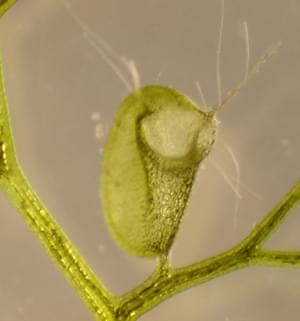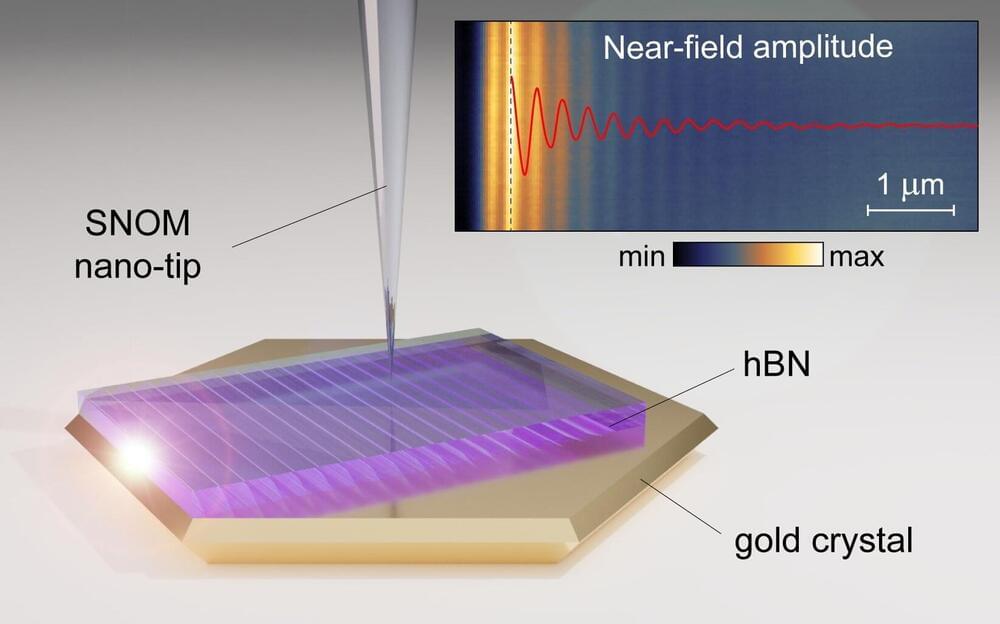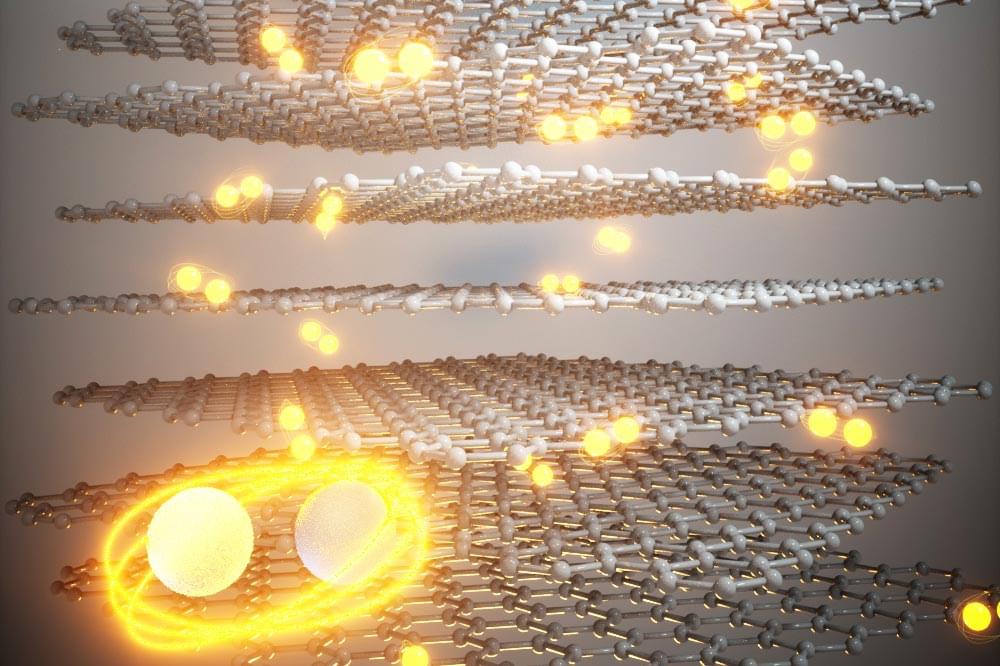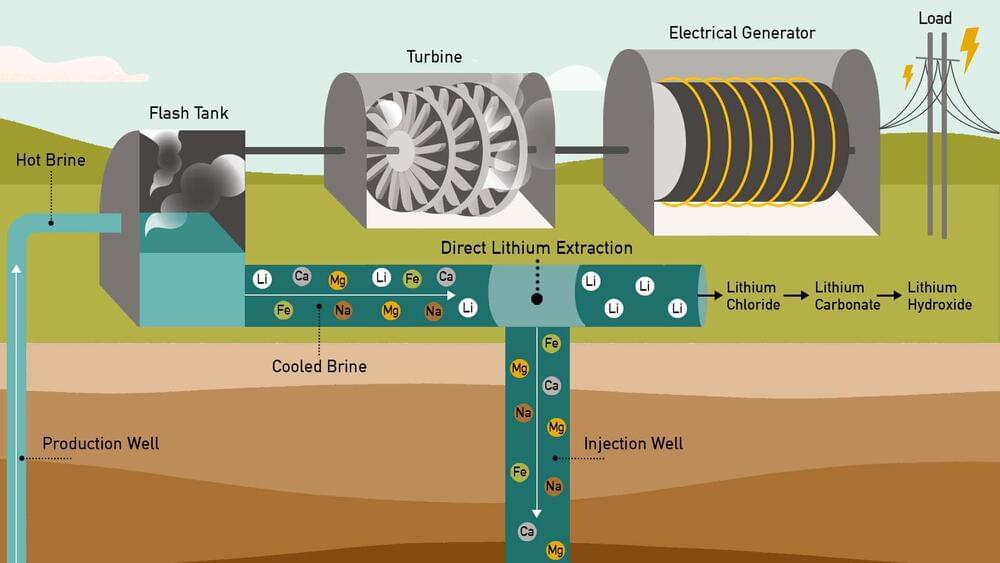Jul 13, 2022
Aquatic carnivorous plants with ultra-fast traps studied
Posted by Quinn Sena in category: physics
Circa 2010
How do Utricularia, aquatic carnivorous plants commonly found in marshes, manage to capture their preys in less than a millisecond? A team of French physicists from the Laboratoire Interdisciplinaire de Physique has identified the ingenious mechanical process that enables the plant to ensnare any small, a little too curious aquatic animals that venture too closely. It is the reversal of its curvature and the release of the associated elastic energy that make it the fastest known aquatic trap in the world. These results are published on 16 February 2011 on the website of the journal Proceedings of the Royal Society of London B.
Utricularia are carnivorous plants that capture small prey with remarkable suction traps. Utricularia are rootless plants formed of very thin, forked leaves on which wineskin-shaped traps, just a few millimeters in size, are attached. Only the flowers, standing on long stems, stick out of the water. The traps are underwater. When an aquatic animal (water fleas, cyclops, daphnia or small mosquito larvae) touches its sensitive hairs, the trap sucks it in, in a fraction of a second, along with water, which is then drained through its walls.
Continue reading “Aquatic carnivorous plants with ultra-fast traps studied” »

















